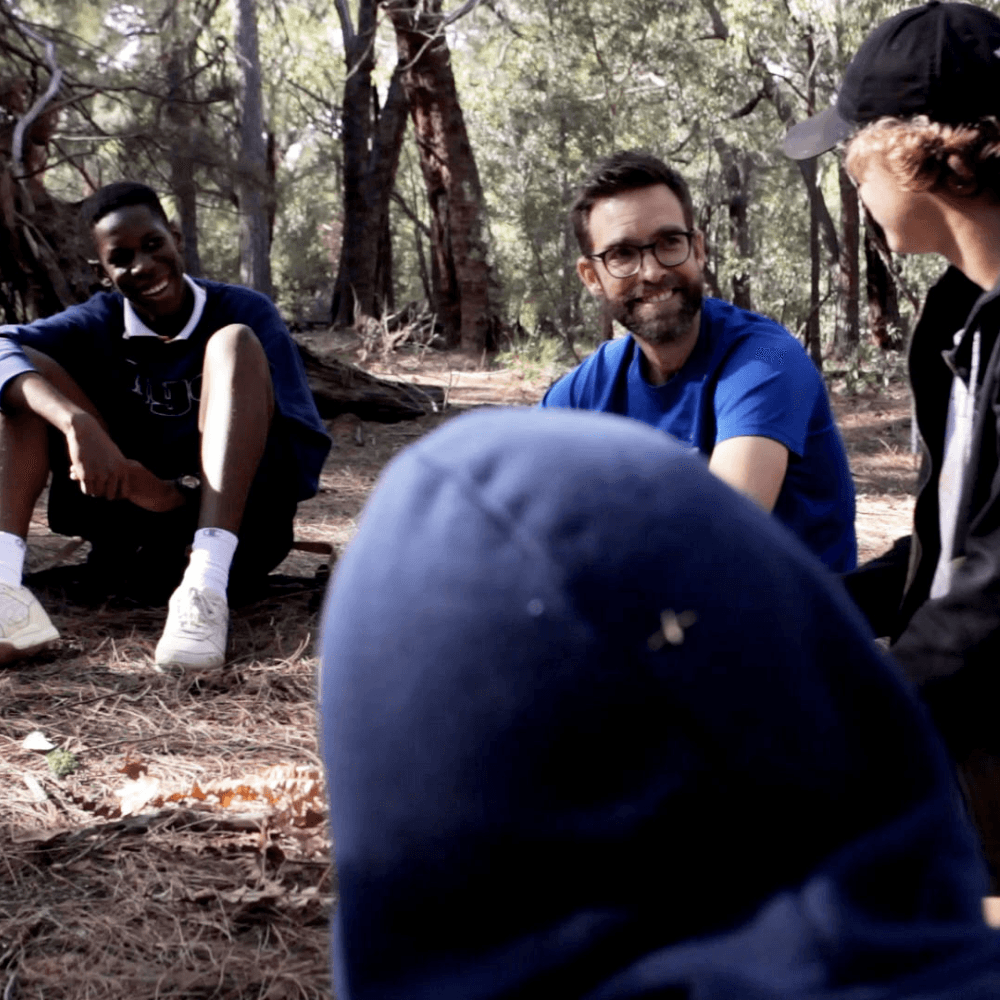The Hidden Cost of a “Safe” Life: Why Shielding Kids From Risk Might Be Holding Them Back.
In our efforts to keep young people safe, are we robbing them of the experiences they need to grow?
It’s a question more parents and educators are beginning to ask as we reflect on what children truly need to thrive in an uncertain world. For decades, we’ve been refining ways to keep young people safe—physically, emotionally, and socially. But somewhere along the way, our focus on safety may have gone too far.
While protection is a cornerstone of good parenting and teaching, overprotection can quietly become a barrier to growth. When we remove every possible risk, pad every fall, and hover over every decision, we may prevent kids from developing the very skills they’ll need to navigate adulthood with confidence and resilience.
The Paradox of Protection
Modern parenting and education often operate from a place of deep care—and deep caution. Schools are becoming increasingly risk-averse, playgrounds are designed with minimal challenge, and many parents feel pressure to supervise, manage, and optimise every moment of a child’s life.
But in our well-intentioned effort to protect young people, we may be preventing them from developing the very qualities they need most: resilience, independence, and self-trust.
This is the paradox of protection: the more we shield kids from discomfort, the less prepared they are for life’s inevitable challenges.
Parental overprotection has been linked to increased anxiety in children and adolescents. According to psychological research, children who are constantly shielded from manageable risks often struggle to build self-efficacy, decision-making skills, and emotional regulation.*
The truth is: confidence doesn’t come from comfort—it comes from trying, failing, and rising again. When we over-manage a child’s environment to eliminate struggle, we send a subtle but powerful message: “You can’t handle this.”
But they can. And they must—because life won’t always come bubble-wrapped.
Why Discomfort is Developmental
We often associate discomfort with danger, but in truth, discomfort is one of life’s greatest teachers.
Taking age-appropriate risks—like climbing a tree, speaking in front of a group, or navigating a tough social situation—activates problem-solving, emotional regulation, and courage. These aren’t just nice-to-haves; they’re crucial developmental milestones.
Risky play, according to child development experts, is foundational to learning and wellbeing.
A report on early learning notes that when children are given opportunities to assess and take risks, they demonstrate stronger self-awareness, better decision-making skills, and increased resilience.**
Lessons from the Outdoors
At AdventureWorks WA, we’ve seen firsthand how meaningful risk transforms young people.
In our Into Adulthood program, students step into nature—not just for fresh air and fun, but to face challenges that matter.
They navigate uncertain paths, share vulnerable reflections, take responsibility for group dynamics, and learn to lead when things don’t go to plan.
The impact? Students who arrive unsure, guarded, or overwhelmed often leave with a new sense of agency. They’ve tested themselves, experienced failure in a supported environment, and discovered strengths they didn’t know they had.
These moments of challenge aren’t dangerous. They’re deliberate, safe, and designed to build the kinds of qualities we know young people need: courage, resilience, empathy, and personal leadership.
What Can We Do Differently?
It’s not about throwing children into the deep end. It’s about creating conditions where they can safely stretch.
Here are three ways parents, educators, and community leaders can encourage growth through risk:
- Normalize Struggle: Let young people know that setbacks aren’t signs of failure—they’re signs of learning. Share your own stories of perseverance.
- Support Age-Appropriate Risk: Whether it’s letting a child walk home from school, speak in public, or try something new, we need to support risks that are proportionate and purposeful.
- Let Them Lead: Create opportunities for students to solve problems, make group decisions, and take ownership of their experiences. Stand beside them, not in front of them.
Reframing Safety for a Resilient Future
Let’s be clear: this isn’t an argument against safety. It’s an invitation to redefine it.
True safety isn’t about wrapping kids in cotton wool. It’s about giving them the tools to face life’s inevitable challenges with grit, adaptability, and trust in themselves.
If we want confident, resilient, and capable adults, we must be willing to let young people live—which means facing discomfort, owning mistakes, and discovering their power along the way.
Let’s stop asking, “How do we keep them safe?” and start asking, “How do we help them grow?”
Explore how AdventureWorks WA helps young people build real-life resilience through transformative outdoor experiences here.
Sources
* https://www.sciencedirect.com/topics/psychology/parental-overprotection





